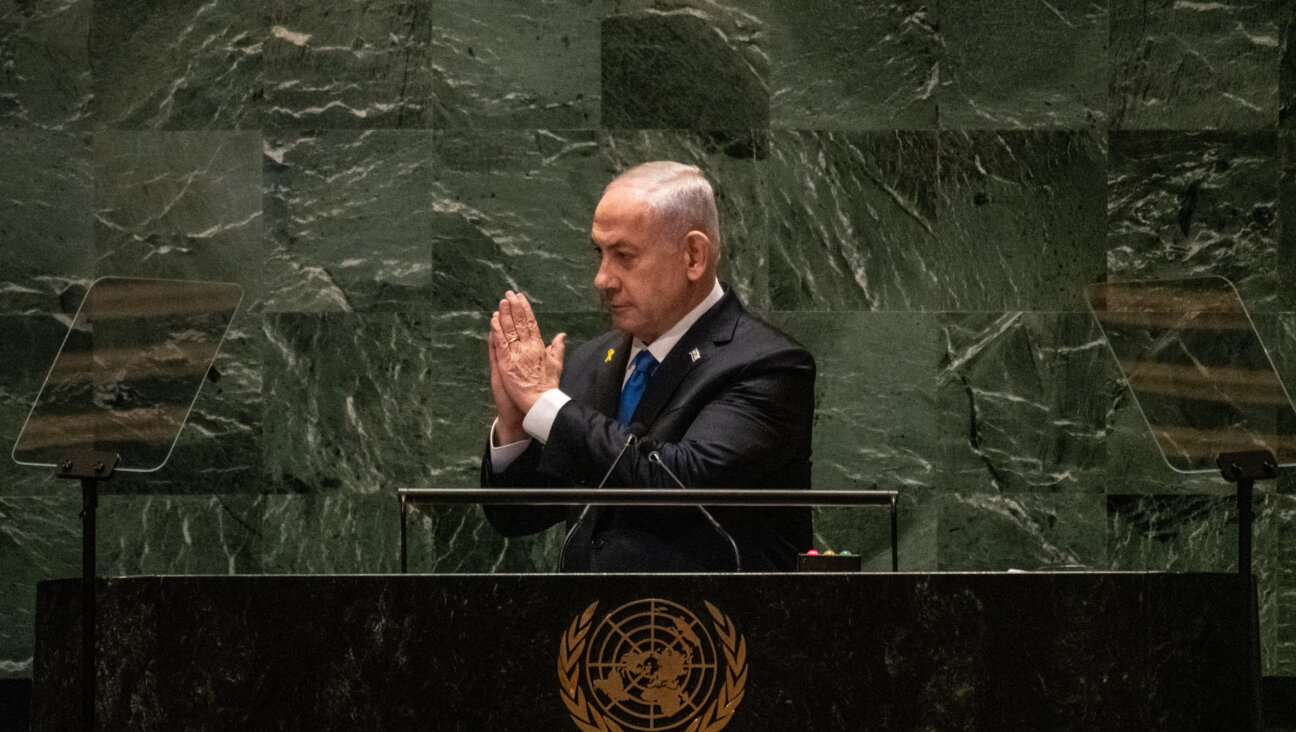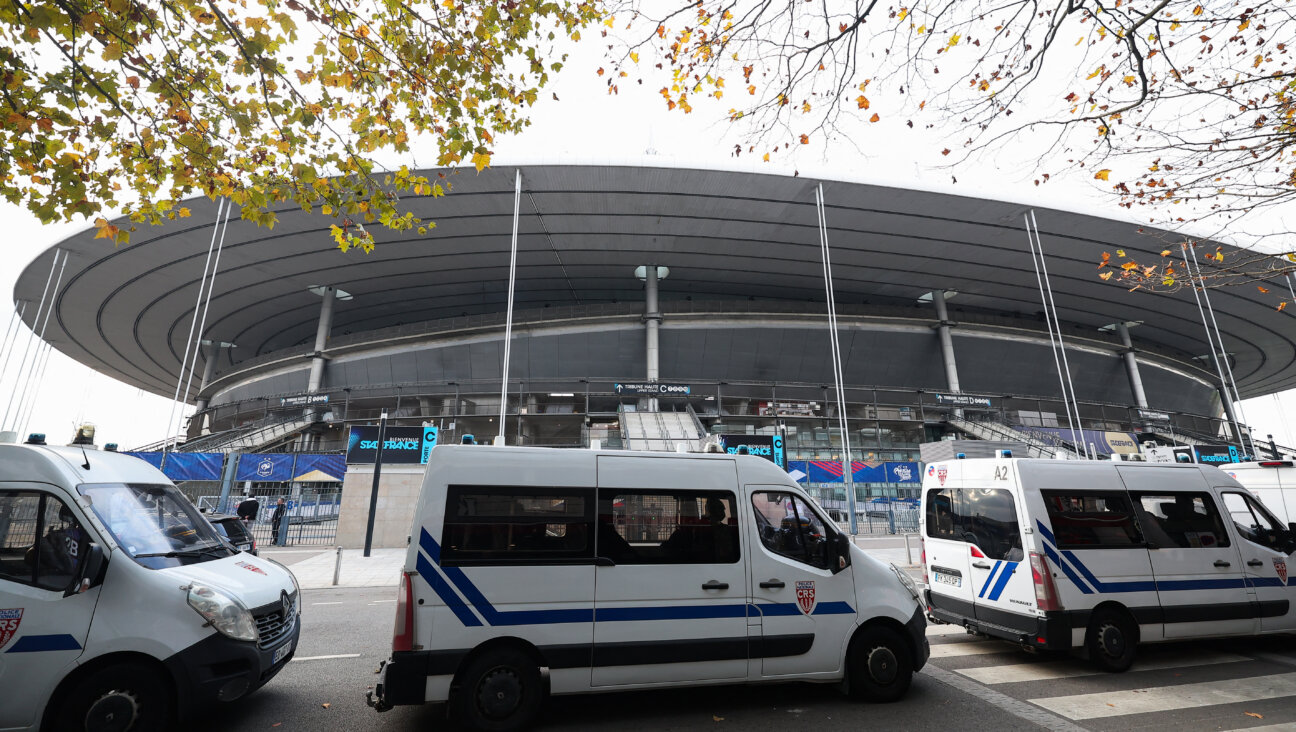Offering Our Services Between Services in El Salvador
The sun in Ciudad Romero in El Salvador is as glaring and hot as the Negev sun. Yes, El Salvador. It’s not exactly (or even approximately) a tourist mecca, but it is a mecca of sorts to delegations organized by American Jewish World Service, a rapidly growing and increasingly effective organization devoted to connecting Jews and Judaism to the developing world, including El Salvador, where I improbably find myself in the company of 26 North American rabbinical students and two AJWS staff people. They have come for a week of work, study and prayer. I have come to do some teaching and to get a sense of who among tomorrow’s rabbis would choose to come to this impoverished land and why.
Ciudad Romero is a poor farming village in the southeast of El Salvador, an hour’s drive from the capital, San Salvador. It is also a two-day walk from Honduras. That was how the family with which I take my meals made its way from here to Panama, where they remained during the 12 terrible years of the war here, the very uncivil civil war that finally ended just 12 years ago. In 1998, Hurricane Mitch devastated much of the country, and then in 2001, two major earthquakes added injury to injury. Many of the homes here are makeshift, cinder block and corrugated iron, a shed for the wood-burning stove in the rear. Women and children are everywhere, and teenage boys and old men, too — but as is the case throughout El Salvador, there’s a dearth of men in their prime working years. It’s estimated that a million of El Salvador’s 6 million or 7 million people — and one out of four in Ciudad Romero — have made their difficult way to the United States, where they live in a different kind of squalor, fearful always that they will be found out. They are in the United States illegally, but they manage somehow to send money to their families back home.
The future rabbis have come to their calling by very different paths, some meandering, some straightforward, some abrupt in their shifting directions. Three are Orthodox, four Reconstructionist, eight Reform and 11 Conservative. The denominational diversity leads to a great deal of conversation as well as negotiation. How, most urgently, to accommodate the egalitarian orientation and commitment of most, women and men, while not excluding the Orthodox or otherwise offending them? The three Orthodox men make their own quiet adjustments, stand some steps away from the others during prayer or without fanfare absent themselves, joining whenever their theology permits.
Prayer is in fact the constant rhythm of the group. It is distinguished by the competence the participants bring to it, by its assertiveness — neither as individuals nor as representatives of their denominational movements does anyone want to be thought less devoted than the others — and by new melodies and spontaneous harmonies that now and then transform the collection of individuals into a choir. The music they so expertly sing is post-Carlebach; they know the melodies that were new to me 10 and 15 years ago, but those are old and tired to their ears. Their unfamiliar music is altogether lovely — and their praying to that music is very nearly interminable. We are awakened at 6:00 a.m., and morning prayers begin at 6:20 and do not end until an hour later. Then there are the afternoon prayers and then evening prayers, each again a musical experience, each also an opportunity for these rabbis-to-be to offer comment on the meaning of the prayer and its connection to the immediate purpose that has brought them to this dusty corner of this distant land.
There is work to be done here, and that is part of the program for our delegation. It is real work — clearing fields, digging furrows, the work of an agricultural community. One day, there is little else. The uncalloused hands work with hoes under an unrelenting sun for four hours in the morning and then again after lunch, until it is time for Mincha, the afternoon prayers. Some sit slumped in the field, exhausted; most join in the prayers, leaving nothing out — but this time, racing through. At the conclusion the AJWS staffer announces that the yellow school bus that has brought them to this field has arrived to take them back. It is 4:00 in the afternoon; there would be no shame at all in leaving now. But no, the furrows are not quite done, and with renewed energy and their bare hands, people kneel on the ground and only an hour later finish what they started. The Hebrew word avodah means both labor and religious service; here, the two have merged.
We drive one day through neighborhoods of San Salvador that are marked by homes that would not be out of place in Beverly Hills. The wealthy who own so much of this country live quite well. They shop in Miami, vacation where they will, conduct their business affairs with skills learned in MBA programs in America’s best universities, all this less than an hour’s drive from our host community, where oxen and cows lumber along the dirt roads and whose people are so graciously welcoming to us.
The purpose of our visit to San Salvador is in part to visit the synagogue that serves the 75 Jewish families here. They are a tight-knit, proud community, prosperous and very much at home. We are greeted by the young rabbi and the elegant president of the synagogue’s sisterhood. Like many Jews, she lived abroad during the civil war, but she makes it very clear that her home is here and not in Atlanta, where she stayed for 10 years. She tells us that Jews are welcome everywhere, at any club, on any board, and in almost the same breath that they’ve learned to keep “a low profile.”
We’ve also come to San Salvador to pay our respects to the man after whom the village where we labored was named, the late Archbishop Oscar Romero, who was murdered in 1980 while celebrating Mass in the chapel of the Divine Providence Hospital. In what was to prove his final homily, Archbishop Romero — his conservatism abandoned in the face of the escalating repression in El Salvador — spoke these words: “In the name of God and in the name of this suffering people whose cries rise up to heaven more loudly every day, I ask you, I beg you, I order you in the name of God: Stop the repression!”
Those words and the courage of the man who uttered them are of particular significance to this group of rabbinic students, because the theme that unites them across denominational divides and that has brought them to this place is the theme of tikkun olam, of social justice. They are seized by the organic relationship between the Jewish tradition — our texts, our history — and the pursuit of justice. And they are aware, with pain and shame, of the particular burden of responsibility the United States bears for the grim events that so recently took place here. The killing of Archbishop Romero was plotted by Major Roberto D’Aubuisson, an especially savage ultra-rightist leader of the kind that with American complicity and sometimes active partnership have, with disturbing frequency, played a central role in Central American history.
Today, there is peace of sorts here. In Ciudad Romero and its neighboring villages, the effort to develop a sustainable economy moves slowly forward. But Ciudad Romero provides only the setting and the subtext for our visit. Vastly more central, even urgent, is the cross-denominational interaction and, again and again, tefillot, prayer. In off times, too — the breaks between lectures, the spare moments here and there — there’s singing, and the singing is almost invariably liturgical. For me, this is the sharpest evidence of generational change. In my younger days, when social justice advocates gathered, it was union songs we’d sing, and the songs of the Weavers, and always, of course, the songs of the Second Aliya and of Israel’s early years.
Now, new songs, new harmonies: One of the classic and enduring tensions in the history of the Jewish people is between the rabbinic tradition and the prophetic tradition. The rabbis taught that societal order is a prerequisite to social justice; the prophets taught that social justice is a prerequisite to societal order. Both were right, each a matter of emphasis. In the course of time, however, the healthy tension between the two perspectives became a break, each claiming exclusive priority. Here, among these mostly young people, the break is healed, the tension relaxed. The best of them reflect, represent, defend and extend both traditions.
But that, too, is a footnote. Here, finally, is the text: On Friday evening, as we gather to welcome the Sabbath on the patio outside our dormitories, the children of Ciudad Romero drift in. Three or four, then 10, soon 20, the young ones, the ones in their single-digit years, and they know somehow to sit quietly and listen to the music of our prayers. When some members of the group break into dance, they encourage the children to join the circle. When the dancing’s done, three or four members choose to stay with the children, amusing them, involving them, a different way of affirming the Sabbath peace, a different boundary breached. These becoming rabbis, who know a great deal, whose citations from sacred text come trippingly off their tongues, know some other things, too. They know about embracing the stranger, and about hugging little children.
Leonard Fein’s most recent book is “Against the Dying of the Light: A Father’s Story of Love, Loss and Hope” (Jewish Lights, 2001).
A message from our CEO & publisher Rachel Fishman Feddersen

I hope you appreciated this article. Before you go, I’d like to ask you to please support the Forward’s award-winning, nonprofit journalism during this critical time.
At a time when other newsrooms are closing or cutting back, the Forward has removed its paywall and invested additional resources to report on the ground from Israel and around the U.S. on the impact of the war, rising antisemitism and polarized discourse.
Readers like you make it all possible. Support our work by becoming a Forward Member and connect with our journalism and your community.
— Rachel Fishman Feddersen, Publisher and CEO






















